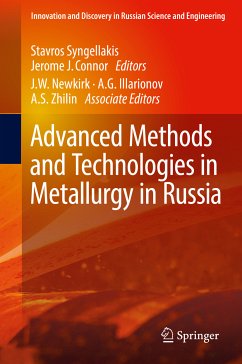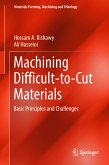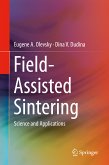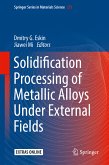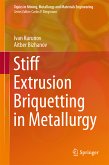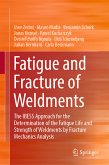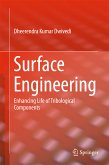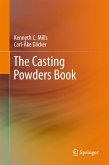The book provides a comprehensive overview of the most recent and advanced work on metallurgy sciences and technologies--including material characterization of complicated alloys, heat and surface treatment, ferrous metals metallurgy, and energy savings in pyrometallurgy--in the important Ural industrial region of Russia. Until recently, research into scientific and engineering problems within Russia developed along different lines than those in Europe and North America, but nevertheless resulted in remarkable achievements utilizing different tools and methodologies than those used in the West. Many of these achievements - particularly in metallurgy - were made in the Urals.
- Maximizes reader understanding of metallurgy research in Russia relevant to multiple industries including steel structural members and machine parts fabrication, iron making, and transportation;
- Sheds light on R&D strategies developed within the foremost Russian universities;
- Details specific cases of issues, problems, and solutions within the Russian metals manufacturing and formulation sectors.
Dieser Download kann aus rechtlichen Gründen nur mit Rechnungsadresse in A, B, BG, CY, CZ, D, DK, EW, E, FIN, F, GR, HR, H, IRL, I, LT, L, LR, M, NL, PL, P, R, S, SLO, SK ausgeliefert werden.

